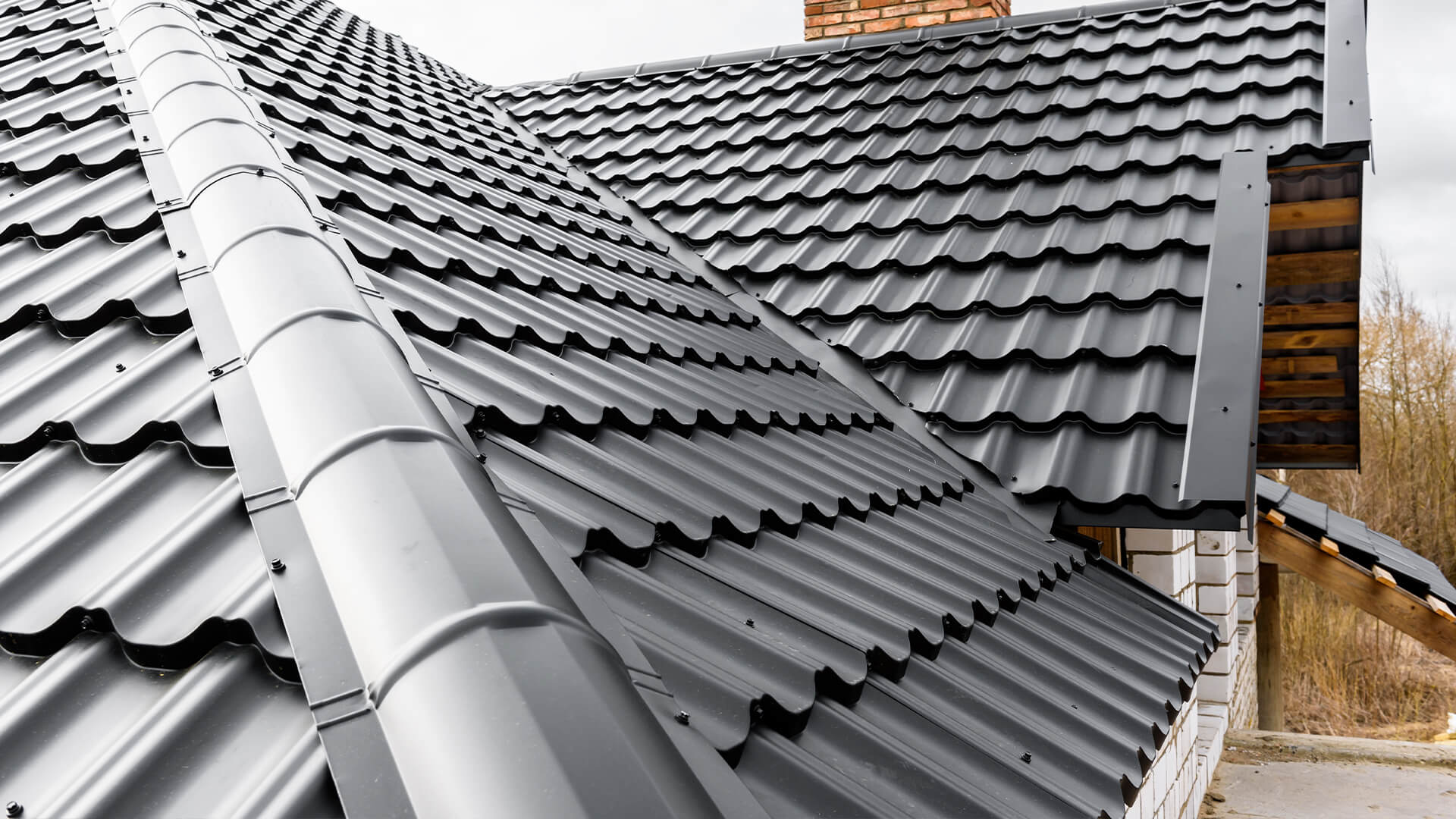Examining the Solutions Supplied by Roofing Companies in Gainesville Florida
Examining the Solutions Supplied by Roofing Companies in Gainesville Florida
Blog Article
Ideal Practices for Ensuring Correct Roof Air Flow
Making certain correct roof covering ventilation is crucial for the longevity and performance of a roof. A well balanced intake and exhaust vent ratio, generally 1:300, plays a critical duty, with consumption vents ideally positioned at the reduced edge of the roof covering for trendy air entry and exhaust vents at the peak for cozy air leave. Regular inspections to identify obstructions and maintain clear air flow are paramount. Additionally, maintaining insulation far from vents is important to avoid airflow limitation. Comprehending these fundamental aspects establishes the phase for even more in-depth understandings right into installment and upkeep techniques that can considerably enhance your roof's efficiency.
Understand Air Flow Essentials
Appropriately understanding ventilation basics is vital for making sure the long life and performance of roof. Effective air flow minimizes dampness accumulation and temperature extremes in the attic room, both of which can cause significant architectural damages gradually. A well-ventilated roofing system assists in protecting against common problems such as mold and mildew development, wood rot, and ice dams, which can jeopardize the stability of the roof products and the underlying frameworks.
The main goal of air flow is to help with the motion of air, permitting a constant exchange between the outside and indoor settings. This balance is achieved with a combination of consumption and exhaust vents that function together to preserve optimal airflow. Intake vents, commonly situated along the soffits or eaves, permit fresh air to get in the attic space, while exhaust vents, often positioned at or near the roof covering ridge, allow hot, damp air to run away.
Key variables influencing the efficiency of roof air flow consist of proper placement, sufficient sizing, and guaranteeing that both consumption and exhaust vents are unobstructed. Routine examination and maintenance are critical to identify prospective clogs, damage, or ineffectiveness in the ventilation system, thus securing the roofing's performance and toughness.
Sorts Of Roof Vents
Roofing system vents play a crucial role in preserving effective attic air flow and, by extension, the overall health of the roof system. Various kinds of roofing vents are available, each with unique advantages customized to details roof demands. Ridge vents, for example, are set up along the roof covering's peak, allowing warm, humid air to run away from the attic room. They use continuous ventilation and blend flawlessly with the roofline, making them both effective and cosmetically pleasing.

Soffit vents are mounted under the eaves and job in tandem with roof vents to make sure a balanced consumption and exhaust system. By allowing cooler air to go into from below, soffit vents facilitate the expulsion of warm air via upper vents. Gable vents, situated on the exterior walls of the attic room, deal an additional efficient solution, especially in homes with gable roofs.
Examine Your Present Air Flow

Following, take into consideration the age and problem of your roofing materials and air flow elements. Older systems may not abide with present building ordinance or may have worn away in time, lowering their performance. Conduct a complete assessment to identify any kind of indications of wear and tear, such as rust, damage, or gaps that can compromise the system's performance.
Furthermore, measure the attic temperature and moisture levels. High temperatures and moisture can show inadequate air flow.
Installment Best Practices
Effective setup try this out of roof covering ventilation systems is vital for guaranteeing optimum efficiency and durability. Appropriate installation starts with understanding the specific air flow needs of the roof covering and the structure it covers. This includes computing the correct ratio of consumption to exhaust vents, commonly sticking to the 1:300 policy, which specifies one square foot of ventilation for every 300 square feet of attic flooring area.

Intake vents should be mounted at the roof covering's reduced edge, frequently in the soffits, to enable trendy air to get in. Exhaust vents, on the various other hand, need to be set up near or at the roofing system's optimal to promote the leave of cozy, moist air.
Seal all vent links meticulously to stop air leaks and possible water infiltration. Use top notch products and follow manufacturer guidelines to make certain toughness and efficiency. In addition, incorporating ridge vents with baffles can substantially enhance air flow efficiency by stopping wind-driven rain and snow from getting in the attic room.
Ultimately, precise installment of roof covering air flow systems alleviates possible concerns such as mold development, ice dams, and structural damages, making sure the roofing's stability and the structure's overall wellness.
Regular Upkeep Tips
Consistency in maintenance methods is essential to guaranteeing the long-lasting effectiveness of roof covering ventilation systems. Throughout these examinations, make sure that vents are free of debris, nests, and various other blockages that might hamper airflow.
Cleaning the vents is another necessary job. Utilize a soft brush or a vacuum to get rid of dirt and debris from consumption and exhaust vents. Beware not to harm the vent screens this or louvers throughout the procedure. Furthermore, examine the attic area for any kind of indications of water damage, which could compromise the stability of the roof.
Proper insulation is similarly essential. Make sure that attic insulation does not block the vents, as this can drastically restrict air movement. If any type of insulation has actually moved or worked out, rearrange or change it to preserve an efficient barrier.
Lastly, change any harmed or missing out on parts promptly. Broken vents, cracked shingles, or shabby blinking can all add to poor ventilation and needs to be resolved without hold-up. Normal upkeep makes certain that the roof covering ventilation system operates ideally, therefore extending the life-span of the roof itself.
Final Thought
Making sure proper roofing air flow is critical for preserving the effectiveness and toughness of a roof covering system. Adherence to the 1:300 consumption and exhaust air vent proportion, paired with the critical positioning of vents, is crucial.
A well balanced intake and exhaust vent proportion, commonly 1:300, plays a critical duty, with intake vents preferably placed at the lower edge of the roof covering for cool air access and exhaust vents at the optimal for warm air leave. Intake vents, usually situated along the eaves or soffits, enable fresh air to get in the attic room room, while exhaust vents, often located at or near the roof covering ridge, allow hot, humid air to get away.
Soffit vents are set up under the eaves and job in tandem with roofing system vents to make certain a well balanced intake and exhaust system. By permitting cooler air to go into from below, soffit vents help with the expulsion of warm air with top vents. Adherence to the 1:300 consumption and exhaust vent ratio, coupled with the strategic positioning of vents, is vital.
Report this page